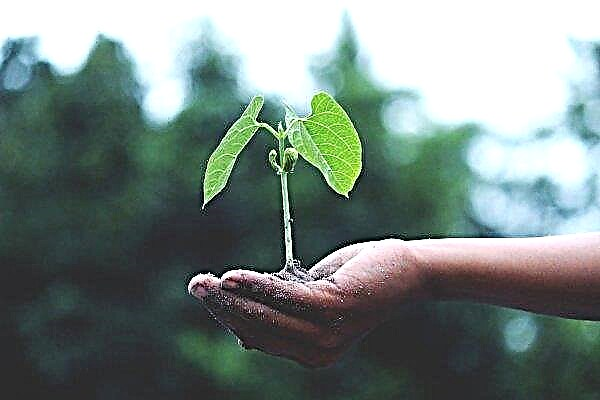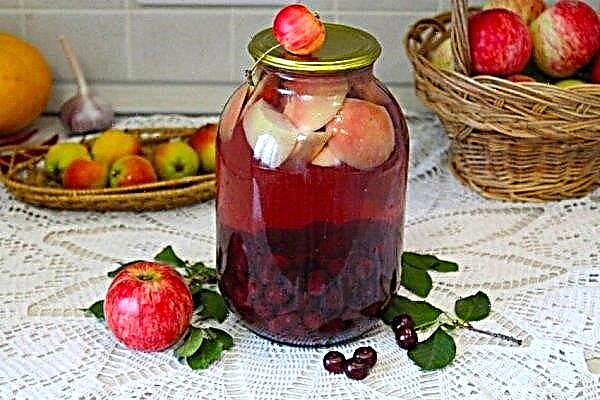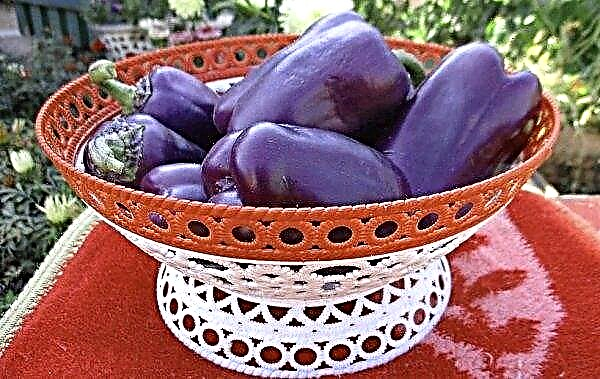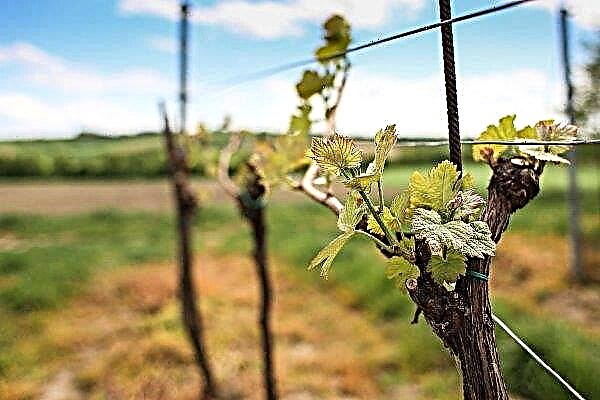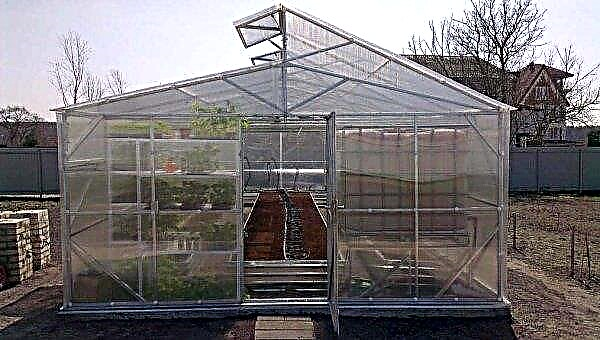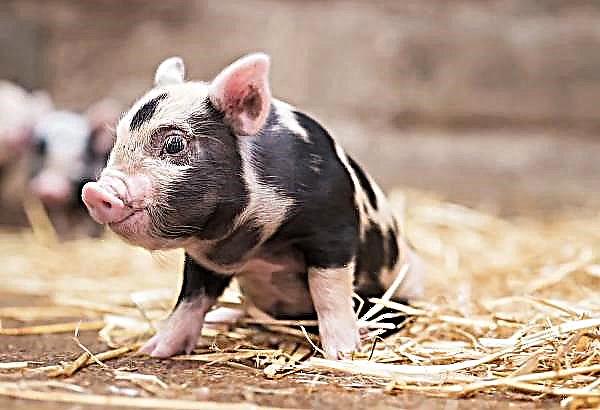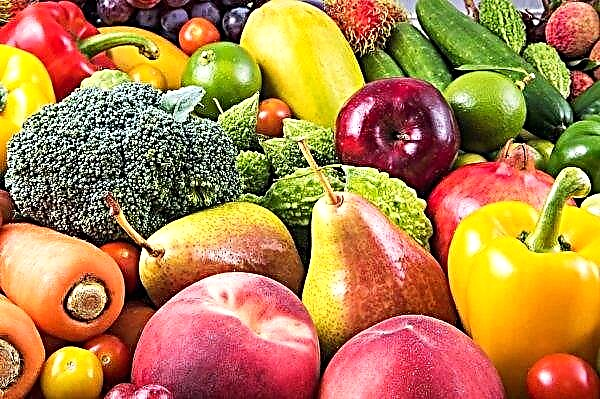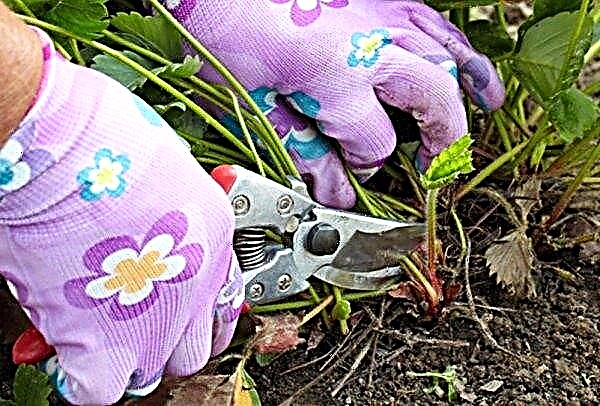Aloe tree is one of the most popular indoor plants. Succulent is used to decorate the interior, in the manufacture of medicines and traditional medicine. Among plant growers, it is better known under the name "agave." Let us consider in more detail the main characteristics of this variety and growing conditions.
Botanical description of the plant
Aloe tree is an evergreen plant belonging to the Xanthorrhoea family. In the wild, found in the tropics. On an upright trunk, succulent, thickened leaves of the xiphoid shape, dotted with sharp teeth along the edges, are alternately located.
In the wild, the height of the plant can reach 5 m, at home - 80-100 cm. Entering the flowering phase, the agave throws a flower arrow, on which tubular flowers of greenish-orange color are formed. After flowering, boxes with a large number of seeds form on the arrow.
| Root system | Superficial, fibrous |
| Stem | Upright |
| Leaf shape | Xiphoid |
| Leaf color | Green with small specks of light green |
| Flower shape | Tubular |
| Flower color | Green orange |
Medicinal properties and contraindications
- The healing properties of aloe:
- is a natural antibiotic;
- quickly heals wounds;
- boosts immunity;
- has a choleretic, laxative effect;
- speeds up the metabolism;
- removes toxins;
- Eliminates acne.
- Contraindications for use:
- individual intolerance;
- allergy to herbs;
- hemorrhoids;
- increased secretion of the glands of the gastrointestinal tract;
- Crohn's disease;
- pain in the digestive tract of unknown origin.
House growing conditions
The centenary is unpretentious in leaving. The plant does not need fresh air, tolerates drought and low temperatures well. In the summer, it can be kept on the terrace or in the open ground.
Important! In order for the crown to develop evenly, the plant must be rotated daily, taking into account the position of the light source.
Location
For full development, the plant will need a sufficient amount of light. An ideal location for tree aloe is the southern windowsill.
Temperature
In the summer, the temperature regime for aloe contained at home should be maintained at + 25-30 ℃ during the day and 5 degrees lower at night. In winter, succulents feel good at an average daily temperature of + 12-15 –.
Air humidity
Room humidity should be maintained within 60%. With increased humidity, there is a risk of developing root and leaf rot.
Home Care
The centenary will require minimal care. The main thing: in time to transplant fast-growing succulents into large containers.
Watering
In summer, succulents need moderate watering. Moisturize the soil after the top layer is completely dry, about once every 7-10 days. In winter, water is added once a month. Use settled water at room temperature.
Important! Aloe does not like overflow and instantly reacts to it with rotting roots.
Top dressing
Fertilizers are applied no more than 3 times per season of active vegetation:
- in the beginning of March;
- in the middle of July;
- at the beginning of October.
 For normal development, the succulents will need the following mineral compounds:
For normal development, the succulents will need the following mineral compounds:- potassium - promotes the formation of strong leaves, increases resistance to temperature extremes;
- phosphorus - participates in the formation of rhizomes, promotes the formation of buds;
- calcium - the main building element of sheet plates;
- nitrogen - contributes to the formation of lush green mass.
Combined fertilizers containing all of the above components are best suited. When choosing top dressing, it is better to give preference to a tool with a minimum nitrogen content. The element is necessary for plants, but in small quantities, otherwise the risk of developing root rot and the spread of pests increases.
Pruning
Over 3 years, aloe grows to 100 cm. Upon reaching optimal growth or with the loss of a decorative look, pinch the top and remove the lower stems. The work is carried out with a sharp knife, pre-treated with alcohol. Holding the top with one hand, the other makes an even cut at the required height.
The slice is dusted with activated carbon, and the cut off part is left to root. Lower leaves that have reached a length of 10 cm or more are subject to removal. The slice is made as close to the trunk as possible.
Did you know? In the Middle East, it was customary to hang aloe over the front door to drive away evil spirits.
Transfer
At the age of 3 years, aloe is transplanted every year, in early spring. From 3 years old, transplants begin to be performed every 3-4 years. Fertile, relatively permeable soil is suitable for planting.

You can mix it yourself, combining in equal proportions:
- sod-leaf soil;
- sand;
- humus.
To this composition add 20% wood ash and 5% crushed brick. The soil is disinfected by heating in the oven.
The aloe root system is located close to the surface of the soil, so the capacity for planting should be selected wide, 10–20 cm deep. A claydite layer 1–2 cm thick and earth are placed in the pot. In the central part they make a recess, focusing on the size of the root.
The plant is removed from the old tank and moved to the recess. Align on the root neck and sprinkle soil with rhizome.Breeding
Aloe propagation at home can be carried out in 3 ways:
- cuttings;
- basal shoots (children);
- seeds.
Cuttings
Aloe cuttings are leaves. They are separated from the bottom of the plant with a sharp knife. Suitable specimens that have reached 10 cm in length. Before planting, the cuttings are kept for several days on a dry paper towel. When the cutting site dries, it is powdered with activated carbon and buried in sand or permanent soil by 1.5–3 cm.
Basal shoots
Children in adult succulents form at the base of the roots. Separate them during transplantation of the mother plant. After removing the bush from the tank, the roots are washed and the daughter plants are carefully separated.
Too small basal shoots, not reaching a height of 7 cm, can withstand 2 weeks in a glass of water, the rest are planted immediately in small wide containers.
Seeds
Reproduction by seeds is a rather troublesome procedure. Seed material is bought in specialized stores, as it is unlikely to be able to obtain it at home. Seeds are placed in nutrient soil and covered with polyethylene containers.
During germination, pots are kept in dark rooms at a temperature of +25 ℃. Periodically, cover is removed to ventilate the soil. With the advent of sprouts, containers move to a well-lit place. When the sprouts reach a height of 8-10 cm, they are transplanted into separate pots.
Growing difficulties
The most common problems that arise when cultivating aloe tree-like:
- Root rot - the reason is overly thorough watering. An emergency transplant with the preliminary removal of damaged roots will help save the plant. For transplanting prepare the soil with a high percentage of sand and wood ash. If the lesions are too large, the plants are destroyed along with the infected soil.
- Dry rot - a disease of unknown etiology, has no obvious signs. Plants dry from the inside out. An effective treatment for the disease does not exist.
- Stretching foliage and its deformation - indicate a lack of light. They solve the problem by changing the location of plants.
- Leaf shedding - the reason is watering with cold water. It is better to transplant plants to assess the degree of damage to the roots.
- Dark spots on the leaves talking about freezing. It is necessary to adjust the temperature.
Did you know? Aloe juice is a great alternative to expensive insect bites. For this purpose, use the juice of plants that have reached the age of three. It is bred with water and applied to exposed areas of the body.
Aloe tree - a universal ornamental plant with a number of healing properties. The plant is completely undemanding in care. It tolerates temperature extremes and normally develops even in poor nutritional soil.

